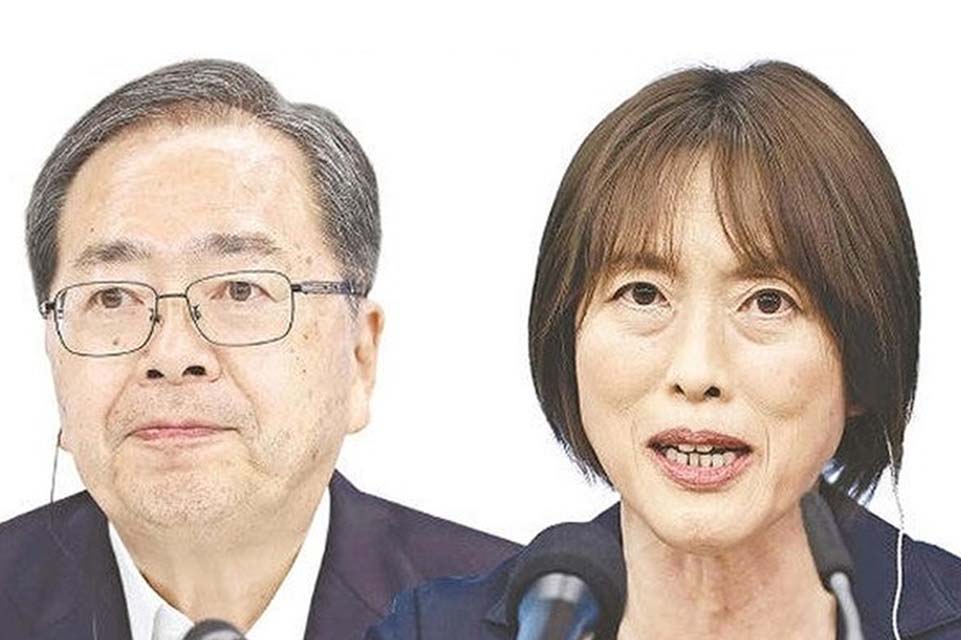August 4, 2025
TOKYO – Komeito and the Japanese Communist Party, both long-established political parties, are facing dire conditions. In July’s House of Councillors election, the parties suffered a major setback, with their vote counts sinking. They both formerly had robust support bases, but they have grown less active as their members have aged. Overshadowed by the rise of new political parties, they have continued to lose momentum.
In the latest election, Komeito sought to win a total of 14 seats in electoral districts and proportional representation. However, the party wound up winning only eight seats, the lowest-ever number for the party, which was formed in 1964. Komeito leader Tetsuo Saito said at a party meeting on Friday, “This is an extremely punishing result. We will analyze and summarize the election results so that we can stage a comeback.”
Beginning with the 2013 upper house election, when the party was again part of the governing administration, it saw all of its candidates running in electoral districts elected for four consecutive elections.
However, the party had seven of its district seats up for grabs this year, and it lost those in the Saitama, Kanagawa and Aichi prefectures, partly due to the rise of the Democratic Party for the People and Sanseito. In the proportional representation segment, where the party aimed to secure 7 million votes, it only won about 5.21 million votes, down more than 2 million votes from the roughly 7.57 million votes it garnered in the 2013 election.
The party’s decline has been driven by the graying of its support body, Soka Gakkai. According to an exit poll conducted on election day by The Yomiuri Shimbun, NHK and Nippon Television Network Corp., over 70% of Komeito’s supporters were age 50 or older, with 35% age 70 or older, 22% in their 60s and 18% in their 50s.
Despite efforts to attract younger voters by using video-sharing sites and social media, there was little in the way of tangible results, as only 6% of the party’s supporters were ages 18 to 29 and only 7% were in their 30s. “We should concentrate organizational resources more on the proportional representation segment than on electoral districts in the future,” a party official said.
Meanwhile, the Japanese Communist Party aimed for “eight or more seats and 6.5 million votes in the proportional representation race,” but the party lost four seats due in part to the defeat of incumbent candidates in the Saitama and Kyoto electoral districts.
The JCP won a total of 2.86 million votes in the proportional representation race, down about 20% from the previous upper house election in 2022. JCP leader Tomoko Tamura said at a party meeting Friday, “I am deeply frustrated and disappointed that important members lost their seats.”
The JCP is also seeing a shrinking membership and ageing members. As of 2024, the party had about 250,000 members, a little over half its peak in 1990, when it had about 500,000 members. Subscriptions to the party’s flagship newspaper, Shimbun Akahata, the major income source for the party, have also fallen, from roughly 3.55 million in 1980 to 850,000 last year.
JCP Chairman Kazuo Shii, who has published books about communism, said at a press conference on Wednesday, “I especially hope young people will read my books. Passing on our ideology to future generations is a major challenge.”
Many protest votes went to other parties, like Reiwa Shinsengumi, which touts liberal policies, and the JCP has yet to find a viable solution.


AloJapan.com